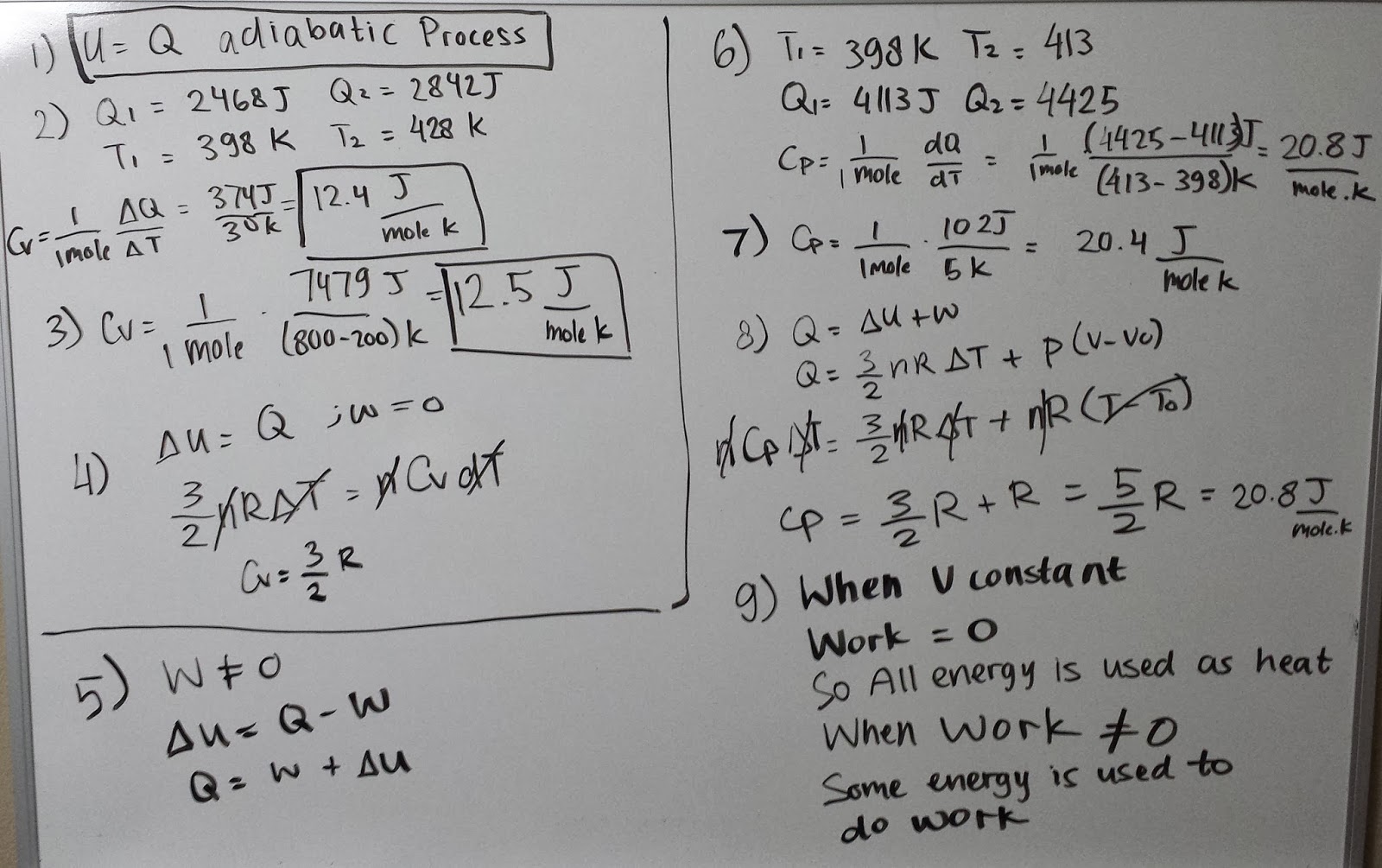Day Two : Linear and Thermal Expansion
Demo 1
Apparatus:
Our first experiment equipment consisted of is a ring and a ball. Our second consisted of a bimetallic strip.
When we added heat to the ring, the inner and outer radius expanded and enable the ball to go through the ring.
When we added heat to the bimetallic strip, one metal expanded more, so the
strip bended. When we removed heat, one metal shrank more, so the strip
bended in the opposite direction.
Demo 2
This demonstration consisted of steam, bar, and a pulley.
Steam heated the bar to 100 C, so that the bar expanded and rotated the pulley.
From this graph we determined how many degree the pulley rotated.

We had to find the relationship between the bar's linear expansion and the angular acceleration of the pulley and we used the propagation formula to find the uncertainty. The diameter was on the only variable we took into consideration because other variables do not have significant
effect on the uncertainty.
Phase Changes
Experiment 1
We use a foam cup, a ceramic cup, an immersion heater, and a thermometer probe for this experiment.


This graph says the temperature of the water is
increasing linearly until it reached about 100C, when
the temperature stopped rising and became constant.
From the data on the graph, change in mass of the water, and the
measured power output from the immersion heater, we can calculate the Latent
Heat of water vapor.
The10 groups in our class got 10 different values of heat vaporization.
The standard deviation is much larger than 1, so that means that the
experiment is not precise. According to the textbook, the real value of
heat vaporization is 2256000 J/kg.
Thermal Property
Demo 3 Pressure Vs. Volume (gas)
We predicted the relationship between pressure vs. volume of gas was going
to be inversely proportional. The demo that the professor did showed
our prediction to be true. When volume increases, pressure decreases and when volume decreases, pressure increases.
Demo 4 Pressure Vs. Temperature (gas)
Pressure and temperature have a linear relationship according to this graph. This mean that when the temperature increased, the pressure also increased, and when the temperature decreased, the pressure also decrease.
Summary
Today we learned that an object's
dimensions will expand or shrink in the same way, and also to relate length
change and angular acceleration of a pulley. Also We learn how to
find the heat of vaporization of any material. In our experiment, we use
water because it is cheap and accessible. Finally, we learned the
relationship between Pressure Vs. Volume and Pressure Vs. Temperature.



















































